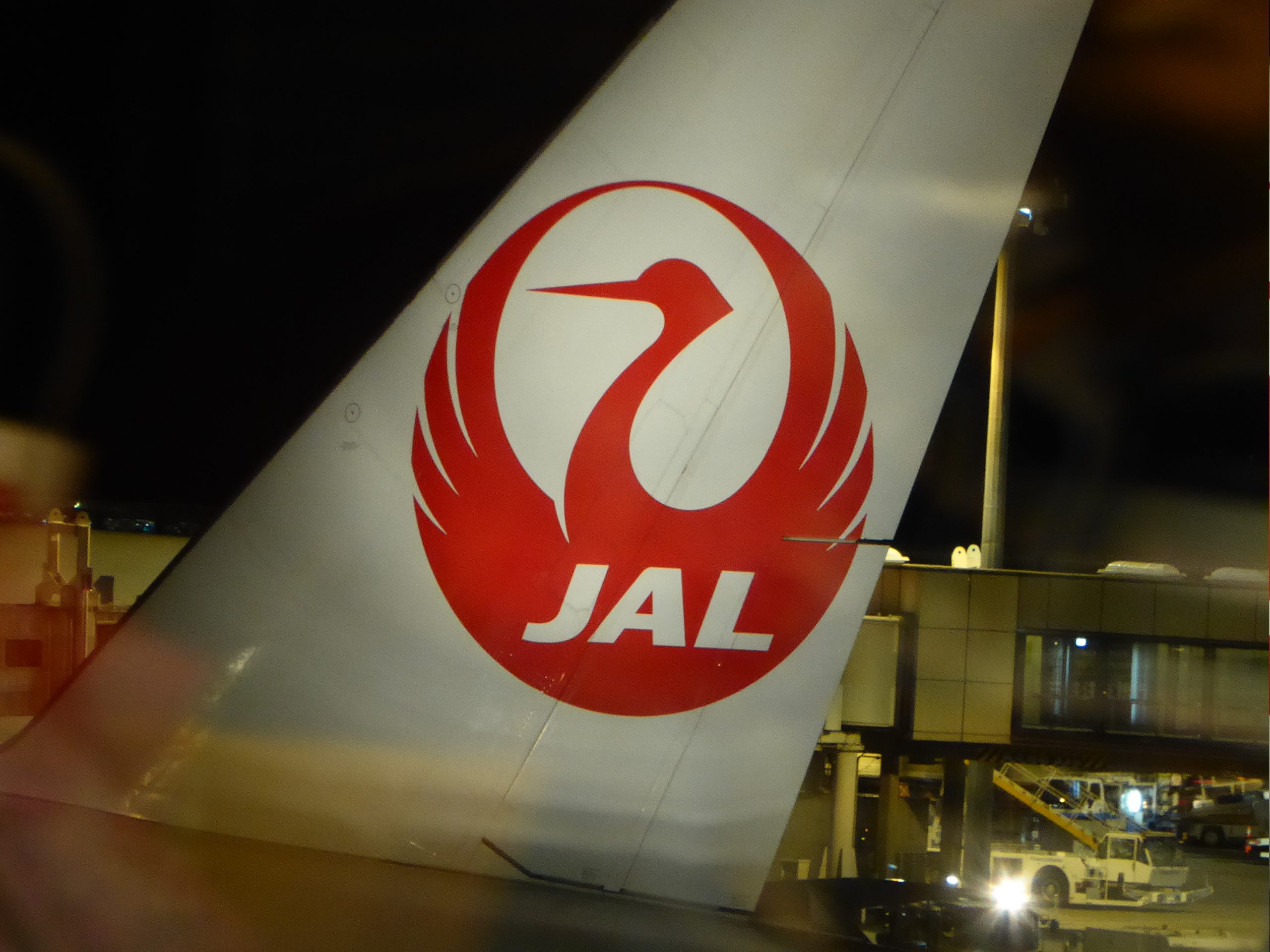A Return to Winging It

It’s late. And you’re lost. You’ve been driving for the best part of 10 hours. So you’re quite tired. It’s dark but you think you might recognise this part of the motorway from about 20 minutes ago. You scrunch up the map and throw it onto the back seat. You need a hotel. And a shower. Your standards are now pretty low.
Freed from the map you figure that the next slip road looks promising. You exit the motorway. Do a lap of the roundabout, skirt through a mean looking industrial estate and come face to face with a Novotel. Its blue neon lights glistening in the dark.
Normally you’d be hard pressed to get excited at the prospect of a Novotel. But now you’re delighted. It’s your most pressing needs – food and shelter. You’ve conquered a long drive and found your way around a strange city. You’ve driven by the seat of your pants.
Yes they have a room. And yes they can knock you up something to eat.
You’ve winged it. And won.
This vignette used to play itself out semi regularly for me after I passed my driving test some 15 years ago. I quickly learned how easy it was to pick up a rental car and – to quote Springsteen – head out on the highway looking for adventure.
Over the years I got better at holding a map with one hand and the steering wheel in the other. Sometimes in my trusty old Saab, and further afield, renting an automatic (I discovered this made multitasking much easier) I developed a knack for seeking out adventure behind the wheel.
But then about eight years ago something happened which made the whole thing both much easier and much less unpredictable. Nokia released a smartphone with built in (almost) worldwide satellite navigation. At the end of a long day, a long flight or a long drive, you could fire up the app and be guided to a hotel, restaurant or city of your choice.
Suddenly that thrill of hurtling down an autoroute and having just seconds to decide whether or not to come off at the next junction; or whether you’d run out of fuel before you found a garage; or of not knowing where you’d finish the day – those thrills were all gone. In large parts of the world you no longer needed to wing it.
***
I thought of this as I passed through Haneda immigration this week. I’d flown late at night after a busy week at work and hadn’t had time to plan anything. It was a miracle I’d packed anything. I’d rushed to the airport then slept on the plane. And woken to a realisation I had no idea where I was heading or what I was doing.
It was midnight on a Saturday night / Sunday morning. I’d been to Tokyo twice before, but each time arriving at Narita.
I’d arrived with no cash and no maps (Nokia’s maps don’t work in Japan). And no Japanese sim card. And with no hotel booked.
The airport information desk said the last train to town was at 10-past-midnight.
I found an ATM and tried to remember the exchange rate. Did I need 3 thousand Yen or 3 million Yen?
Then I hurriedly tried to make sense of the ticket machine for the monorail. I threw some money into the slot and pressed randomly for a ticket to anywhere downtown.
I hauled my luggage up the stairs and onto the platform where a train was just pulling in.
Was this the right train? Which way was it going? Downtown or end-of-the-line suburbia? No time to decide. Jump on or miss the last train.
No maps. No guidebook. No wifi. No idea where I was going. My heart still pounding from a rush up the stairs. I jumped on.
Despite being in one of the most wired cities on the planned, I had virtually no technology to help.
As I surveyed the carriage for a map, a big grin crossed my face.
I’d forgotten the fun to be had in not making plans and just flying by the seat of you pants.
The doors closed and the train sped off into the night and a city full of possibilities.
